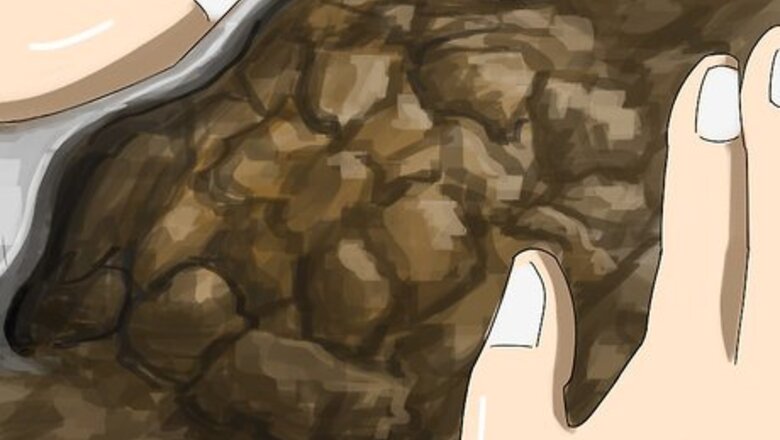
views
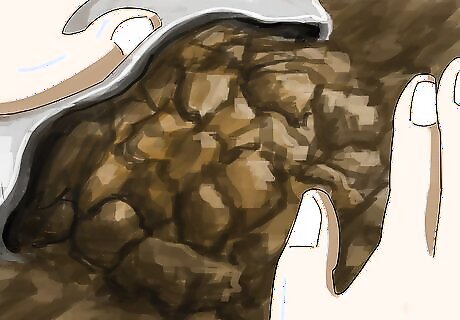
Take soil samples to a local nursery or send them into a testing center. The test will show your nutrient and pH levels, and how much organic matter is present.

Use the results to target specific organic spreads to maintain correct levels for growing grass.
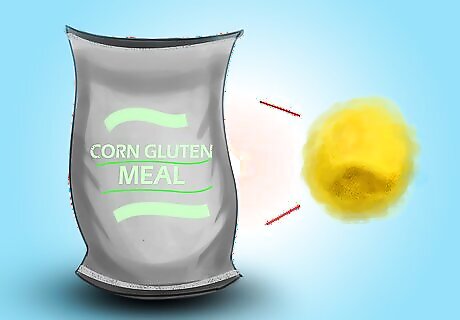
Use corn gluten meal in the spring and fall as a pre-emergent for weeds. The corn gluten will also give a small amount of slow-release nitrogen, making it a good weed and feed combination.
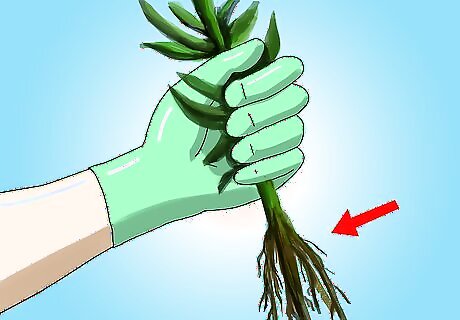
Water your lawn or go out after a rain and remove weeds by hand, making sure to get the root system or else the weed will grow back. Use a dandelion tool to remove dandelions. To deal with more invasive plants, you need to remove them by the roots and smother the soil either with cardboard or a significant quantity of compost.
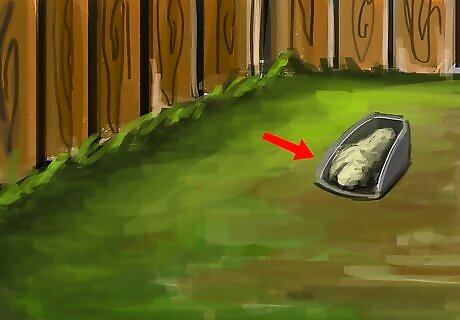
Re-seed the entire lawn (in Fall and/or Spring) if necessary, paying particular attention to bare spots. Use a grass mix with a higher percentage of Rye grass (rye grass is a quick growing annual [there is also a perennial rye] that will help to establish the other slower growing perennial grasses).
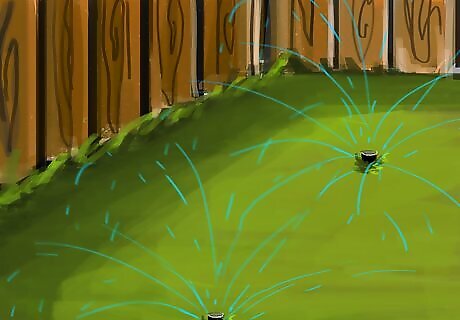
Dethatch and aerate your lawn in the Spring. Continue to re-seed once a year till the lawn is thick. If you adopt a more sensible method of fertilizing and watering your lawn, it will eventually be unnecessary to dethatch or aerate. For details, see the WikiHow article How to get and maintain a healthy lawn

Keep your lawn mower at higher settings during the Summer months; the higher grass shades out weeds.



















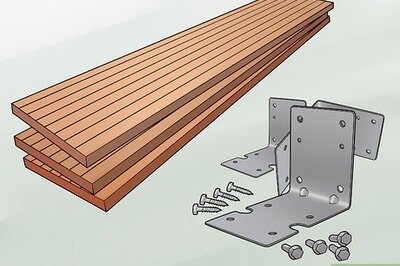
Comments
0 comment